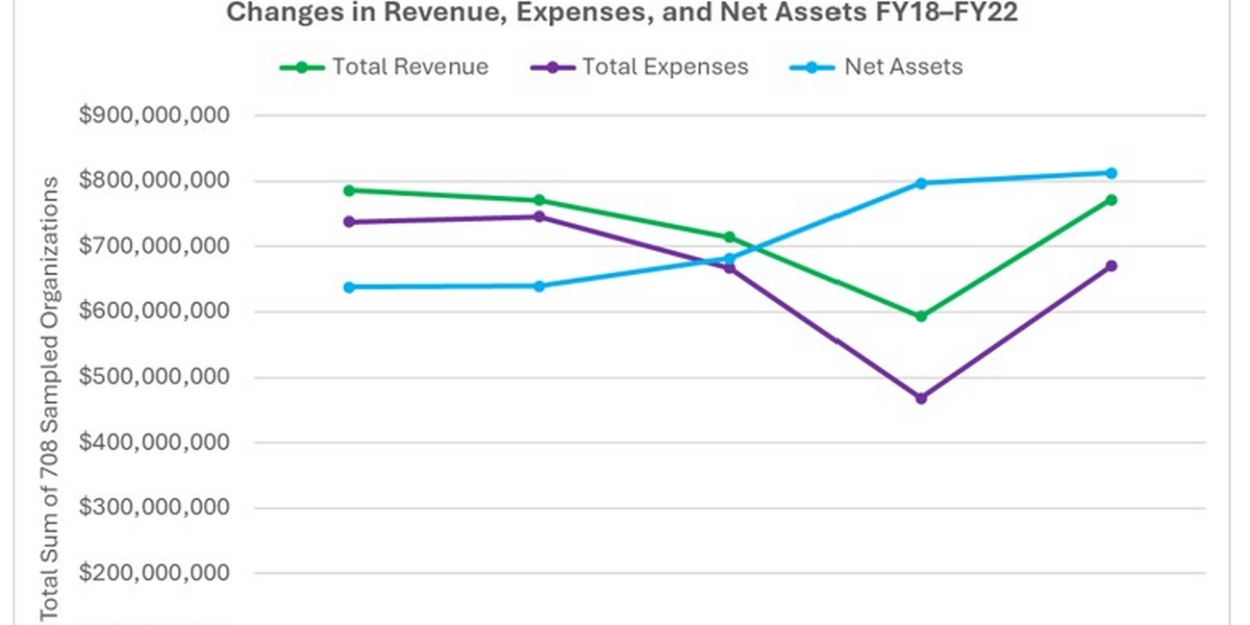Dance/USA Releases New Research Study On The Financial Impact Of The Pandemic On The Dance Ecosystem
The research summarizes data from 708 nonprofit dance organizations from 2018-2022, examining the nonprofit dance community before the pandemic.

The COVID-19 pandemic had a significant financial impact on dancemakers in the United States. Shifts in government assistance, audience behavior, inflation rates, employment, and philanthropic patterns introduced new obstacles and opportunities for the dance sector. Dance/USA, the national service organization for the dance ecosystem, has released a new research study, Dancing Through the Pandemic: Financial Changes in the U.S. Nonprofit Dance Ecosystem 2018-2022.
The research summarizes data from 708 nonprofit dance organizations from 2018-2022, examining the nonprofit dance community before the pandemic, at the height of the pandemic, and in the wake of the pandemic. In addition to examining the influence of COVID-19 and inflation on the data set, this study analyzes four separate budgetary sizes based on quartiles.
"It is challenging to find dance data that covers such an expansive representation of the dance ecosystem," said Dance/USA Director of Research Sarah Morrison. "With a repeated sample size of 708, this comprehensive data set can empower organizations and dancemakers of all sizes to understand how they fit within the larger context of the sector and provide them with factual data to support plans specific to their unique goals."
"This robust financial analysis unveils the tumultuous impact of the COVID-19 pandemic on dance organizations throughout the ecosystem, offering critical insights essential for organizational resilience," said Dance/USA Executive Director Kellee Edusei.
Key findings from Dancing Through the Pandemic: Financial Changes in the U.S. Nonprofit Dance Ecosystem 2018-2022 include:
- While FY22 numbers revealed an upturn in revenue and expenses, the ecosystem still had not returned to FY18 operating numbers.
- Many of the financial differences can be attributed to inflation rather than changes in the actual number of dollars.
- Cumulative inflation of 17% from 2018-2022 resulted in changing strategies and an uneasy feeling of uncertainty across the sector.
- Revenue streams have become unpredictable for organizations of all sizes.
Overall, it appears that organizations became more conservative with their savings through FY22, waiting to see how the balance among program service revenue, government support, and individual contributions will weave together in the future.
Comments
Videos

